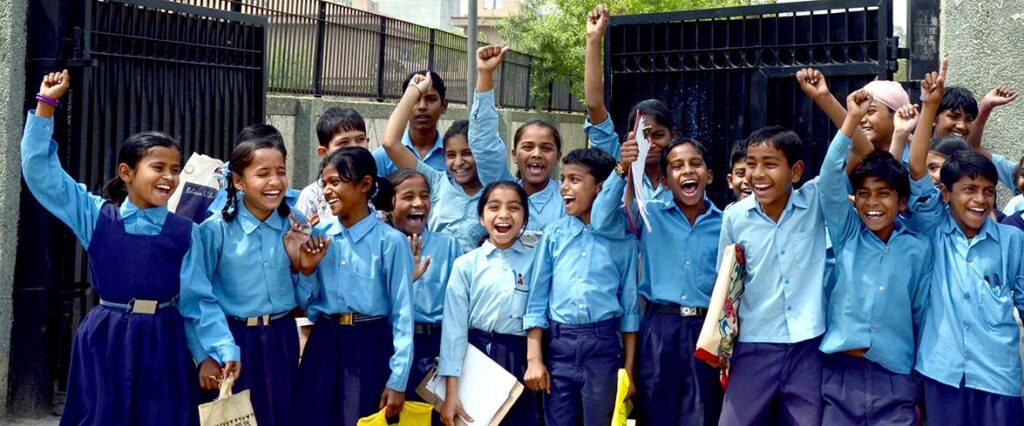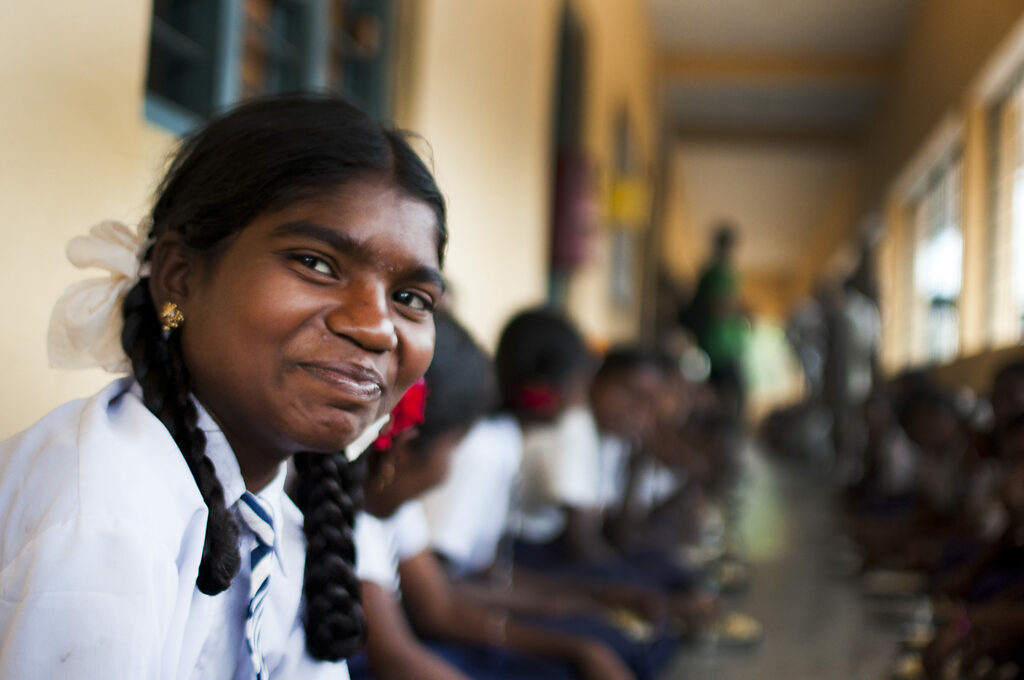
National Education Day: The Need for Comprehensive Education in Child Welfare
What is National Education Day?National Education Day is an annual observance in India, commemorating the birth anniversary of Maulana Abul K....
Read MoreIn many parts of rural India, girls still face challenges that keep them away from school. Although there has been progress over the years, the fight to protect girls' education rights is far from complete. Education is much more than just learning to read and write. It opens doors to new opportunities, helps break the cycle of poverty, and builds stronger, healthier communities. This is why the girl child's right to education must be safeguarded and encouraged at every level of society.

When a girl gets the chance to go to school, she gains far more than lessons from textbooks. Education gives her confidence, independence, and the power to make her own choices in life. A girl who is educated is more likely to marry later, find better work, and make sure her own children go to school too. The impact does not stop with her; it touches her family and spreads across the whole community, creating a ripple of positive change.
Protecting girls' right to education is also about giving them the same chance as boys to grow and succeed. For many years, girls in rural areas have missed out on opportunities simply because they were born female. When girls are able to go to school just like boys, whole communities start to change. Education helps break old stereotypes, reduces unfair treatment, and creates a fairer, more equal future for everyone.
Also Read: Impact of Period Shame on Girls
Even today, many rural families prioritise boys' education over girls'. Some families still believe girls belong at home, helping with household work, rather than in classrooms. Long distances to schools, lack of safe transport, and inadequate school infrastructure often add to the problem.
Poverty is one of the biggest reasons why families pull their daughters out of school. Parents may not be able to afford uniforms, books, or transport, and in times of financial struggle, a girl's education is often the first to be sacrificed. Cultural beliefs also play a role. Early marriage is still a challenge in many communities, cutting short the education of young girls and forcing them into adult responsibilities before they are ready.
Also Read: Importance of Menstrual Hygiene
The Indian Constitution and various laws recognise the girl child's right to education. The Right of Children to Free and Compulsory Education Act, 2009, ensures free education for all children between the ages of 6 and 14. This includes girls, giving them a legal claim to equal learning opportunities. However, legal rights alone are not enough. Implementation and awareness remain key in ensuring every girl in rural India can truly benefit.
The government has introduced schemes such as scholarships, free textbooks, and mid-day meals to encourage girls to stay in school. NGOs like CRY India play an important role too. They work directly with communities, spreading awareness about girls' education rights, supporting schools with resources, and helping families see the value of educating their daughters.
Also Read: Free Education Government Schemes in India
When girls are denied education, the cost is huge. They are left without the skills needed to earn an income, make informed choices, or participate fully in society. This lack of opportunity is not just a personal loss but a loss for the entire nation, as half of its potential is left untapped.
Without education, girls often end up in low-paying jobs or married early, which continues the cycle of poverty for future generations. On the other hand, when a girl completes her education, she has a much higher chance of lifting her family out of poverty. This shows why protecting the right to girl child education is essential for building stronger, more prosperous communities.
Also Read: Girls Enrollment in Schools
One of the most powerful ways to protect girls' right to education is by raising awareness. Talking openly about the importance of girls' education in communities helps change traditional mindsets. Supporting local initiatives that work to keep girls in school can also make a big difference.
Individuals can also help by donating to organisations that promote girls' right to education, or by volunteering their time and skills. Even small contributions can help provide school supplies, support after-school programmes, or improve school infrastructure in rural areas. Every effort counts when it comes to giving a girl the chance to learn.
Also Read: Child Rights
CRY India has been working tirelessly to protect and promote girls' education rights across the country. By working closely with families and communities, CRY India helps create awareness about the value of education and the harms of early marriage and child labour. The organisation also supports schools, ensures children have safe spaces to learn, and empowers girls to raise their voices for their own rights.
In 2024-25, 1,15,865 girls in CRY project areas were enrolled in schools; 23,765 adolescent girls were protected from child marriage and 5,260 out-of-school girls were re-enrolled in schools.
By focusing on the girls' right to education, CRY India is breaking down barriers and giving countless girls the chance to dream bigger and achieve more. Every educated girl supported today is a step towards a brighter, more equal tomorrow.
Communities can ensure equal access by challenging traditional beliefs, supporting families, improving safety for girls travelling to school, and working with local organisations to promote education.
Under the Right to Education Act, every child, including girls, has the legal right to free and compulsory education between the ages of 6 and 14.
Girls often face challenges such as poverty, cultural beliefs, early marriage, household responsibilities, long distances to schools, and poor school infrastructure.
Education empowers girls by giving them knowledge, independence, and the confidence to make their own decisions. It allows them to break free from poverty, secure better jobs, and contribute positively to their communities.